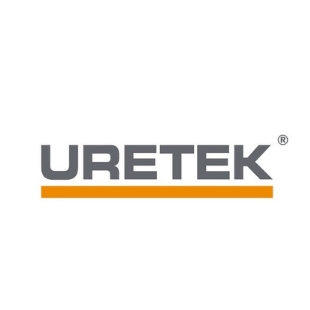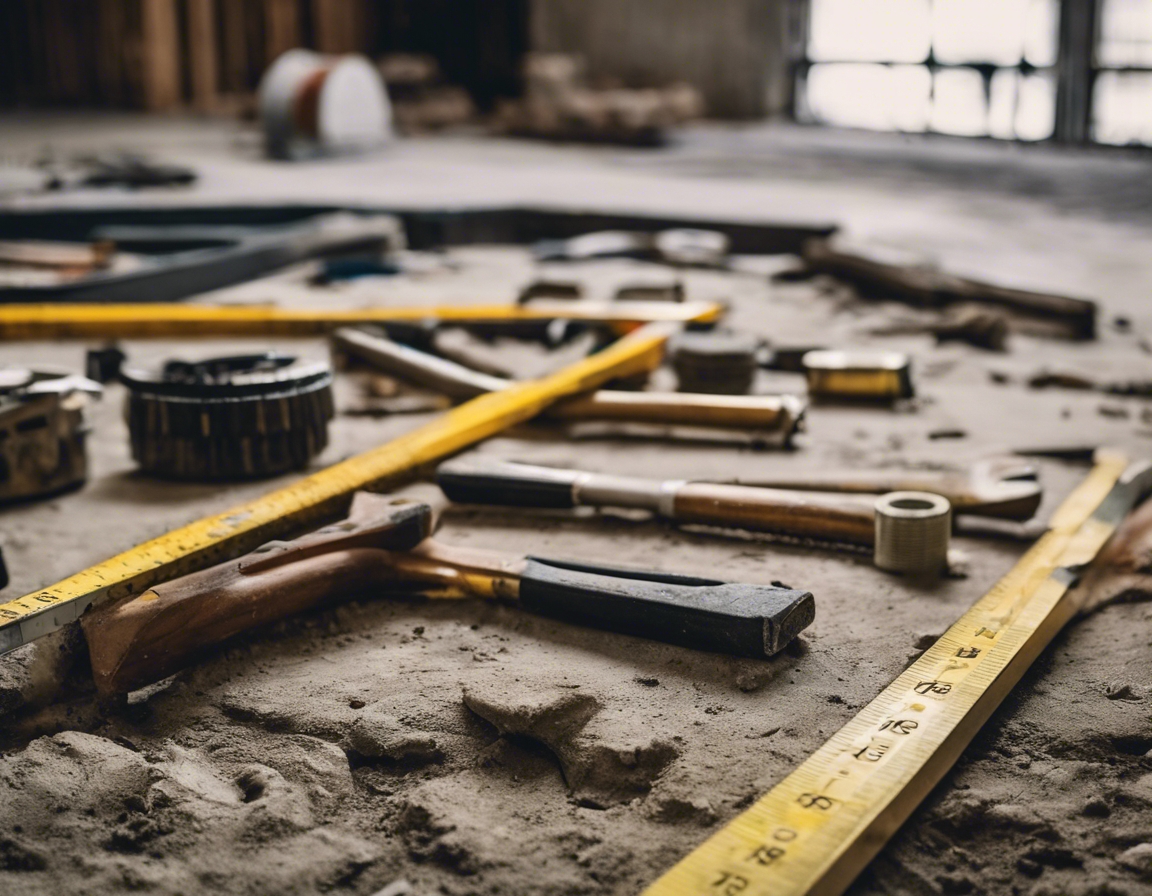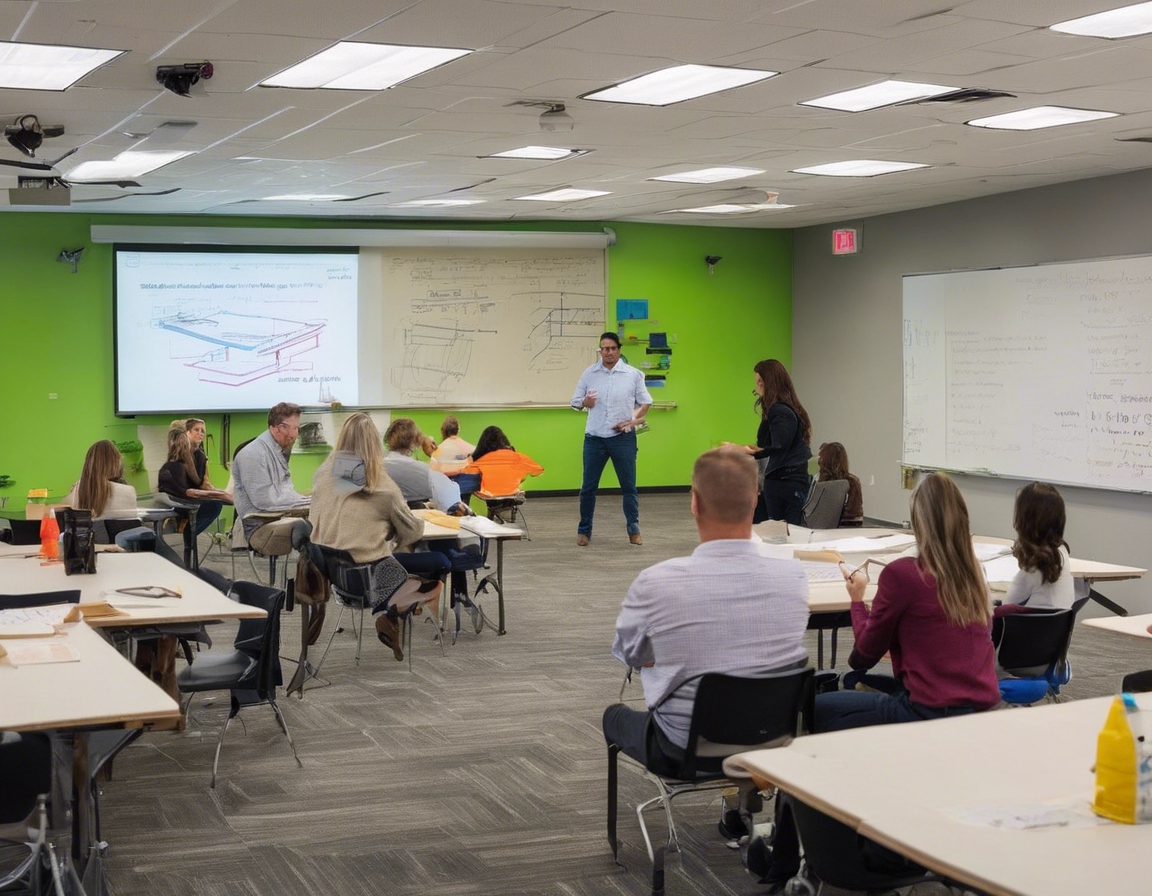The benefits of non-disruptive soil stabilization
Soil stabilization is a critical process in construction and geotechnical engineering that involves altering the physical properties of soil to improve its strength, durability, and load-bearing capacity. This is essential for creating a solid foundation for infrastructure projects, from roads and railways to commercial buildings and residential developments.
Traditional soil stabilization methods often require extensive excavation, heavy machinery, and can be quite disruptive to the environment and surrounding areas. Non-disruptive soil stabilization techniques, on the other hand, offer a way to strengthen soil without the negative impacts associated with conventional methods.
Advantages of Non-Disruptive Soil Stabilization
One of the most significant benefits of non-disruptive soil stabilization is its low environmental footprint. These methods typically use fewer resources, produce less waste, and maintain the natural landscape and ecosystem.
By avoiding the need for large-scale excavation and heavy machinery, non-disruptive methods can be more cost-effective. They reduce the need for expensive equipment and labor, and minimize the potential for costly project delays.
Non-disruptive soil stabilization techniques can be applied quickly and do not require long periods for the site to settle or cure. This allows construction projects to proceed at a faster pace, saving time and money.
These methods are particularly beneficial when working near existing structures or in urban areas where traditional excavation could cause damage or require complex rerouting of utilities and traffic.
Reducing the need for excavation also minimizes the risk of accidents on-site and limits exposure to potentially hazardous materials, contributing to a safer work environment.
Non-disruptive soil stabilization provides long-lasting results that help prevent future soil degradation, reducing the need for repairs and extending the lifespan of the infrastructure.
Applications of Non-Disruptive Soil Stabilization
These methods are ideal for stabilizing the ground beneath roads and railways, where maintaining the integrity of the surface is crucial for safety and longevity.
Non-disruptive techniques are particularly suited for historical preservation projects, where it is essential to maintain the original structure without invasive procedures.
In urban areas and land reclamation projects, non-disruptive stabilization helps to prepare the ground for construction without disrupting the existing landscape or urban infrastructure.
Technological Innovations in Soil Stabilization
Geopolymer technology represents a cutting-edge approach to soil stabilization, offering superior strength and durability while being environmentally friendly.
URETEK BALTIC OÜ specializes in innovative soil stabilization solutions that are non-disruptive, efficient, and sustainable. Our advanced technologies ensure that your infrastructure projects are built on a solid foundation.






Comments (0)